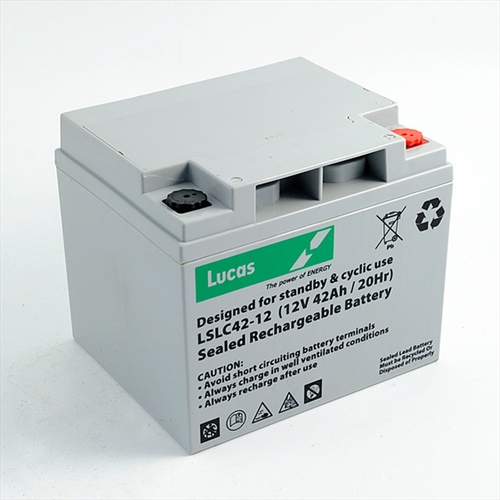

- #100 AMP HOUR LITHIUM BATTERY FULL#
- #100 AMP HOUR LITHIUM BATTERY SERIES#
The result here would be sulfation of those that never reach a full state of charge, reducing their lifespan.


This means that if recharging the two together, some batteries will never fully charge. Check your battery chemistries – Sealed Lead Acid batteries for example have different charge points than flooded lead acid units.This is possible and won’t cause any major issues, but it is important to note some potential issues: If you are uncertain about the state of charge, either connect them individually to a charger until the charger confirms they are fully charged, or check the voltage with a voltmeter.Ĭonnecting batteries of different amp hour capacities in parallel With secondary (rechargeable) batteries – only use batteries of the same brand and age and make sure all the units are fully charged before connecting them together in parallel.If this isn’t possible, double check the voltages of each unit with a voltmeter. With primary (disposable) batteries – only use batteries of the same brand and age (ideally from the same packet).

Even rechargeable batteries will not recharge to the same level as new ones.Īs such, the following guidelines are important:
If you mix batteries of different ages – the older batteries will always have a lower voltage as all batteries self-discharge over time. With no resistance to slow this charging process, the charged units can overheat as they rapidly drain and the discharged battery can overheat as it attempts to charge at well above its design capabilities. If you connect rechargeable batteries in parallel and one is discharged while the others are charged – the charged batteries will attempt to charge the discharged battery. for secondary (rechargeable) batteries – the stronger battery would charge the weaker one, draining itself and wasting energy. for primary (disposable) batteries – the stronger battery would still try to charge the weaker one reducing the lifespan of both. If these were connected in parallel, you are unlikely to see fireworks, but would experience other issues. This means a 1.5 volt battery from brand X could actually be 1.6 volts, while a 1.5 volt battery from brand Y could be 1.55 volts. Due to different manufacturing processes, the exact voltages of batteries from different producers can vary slightly. If you mix brands even of the same labelled voltage – you can experience problems. It’s worth pointing out that many people accidentally connect batteries of different voltages in parallel every day. Again, the larger the difference in voltage the greater the chance of fire or explosion. The result can be over heating, leaking or bulging in the lower voltage battery and/or overheating in the higher voltage battery as it drains rapidly. The lower voltage battery is not designed to charge above a certain point, but the higher voltage battery will try anyway. secondary (rechargeable) batteries – these only fair a little better. primary (disposable) batteries – they are not designed to take a charge and so the lower voltage battery is likely to overheat, it may leak or bulge and in extreme circumstances where the voltages are very different, it may explode. The battery with the higher voltage will attempt to charge the battery with the lower voltage to create a balance in the circuit. four 1.2 volt 2,000 mAh wired in parallel can provide 1.2 volt 8,000 mAh (2,000 mAh x 4).īut what happens if you wire batteries of different voltages and amp hour capacities together in parallel? Connecting batteries of different voltages in parallel. two 6 volt 4.5 Ah batteries wired in parallel are capable of providing 6 volt 9 amp hours (4.5 Ah + 4.5 Ah). The basic concept is that when connecting in parallel, you add the amp hour ratings of the batteries together, but the voltage remains the same. Connecting in parallel increases amp hour capacity only #100 AMP HOUR LITHIUM BATTERY SERIES#
For more information on wiring in series see Connecting batteries in series, or our article on building battery banks. This article deals with issues surrounding wiring in parallel (i.e. Different wiring configurations give us different voltages or amp hour capacities. In the graphics we’ve used sealed lead acid batteries but the concepts of how units are connected is true of all battery types. The illustration below show how these wiring variations can produce different voltage and amp hour outputs. There are two ways to wire batteries together, parallel and series.








 0 kommentar(er)
0 kommentar(er)
